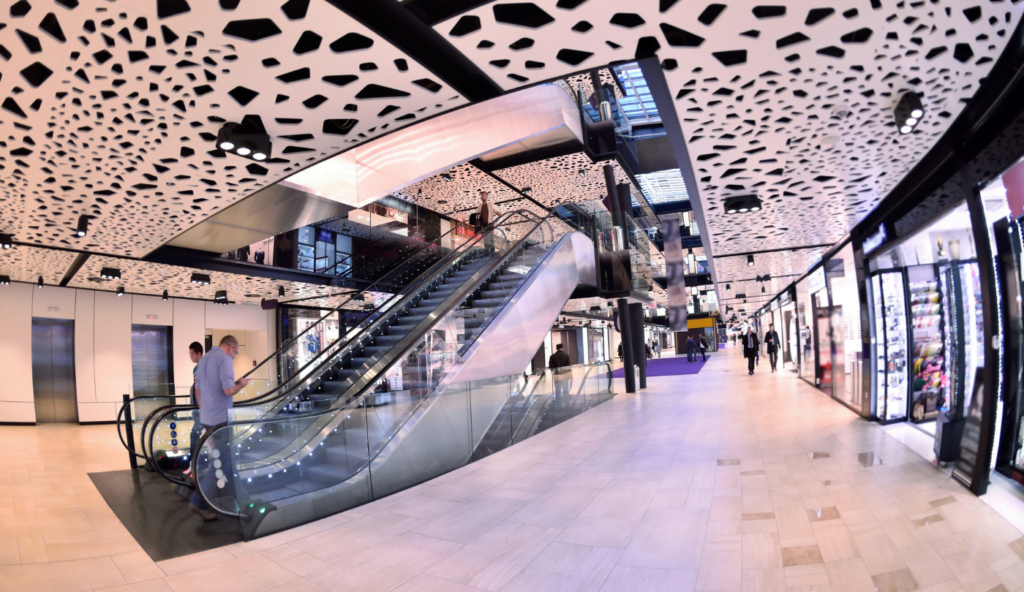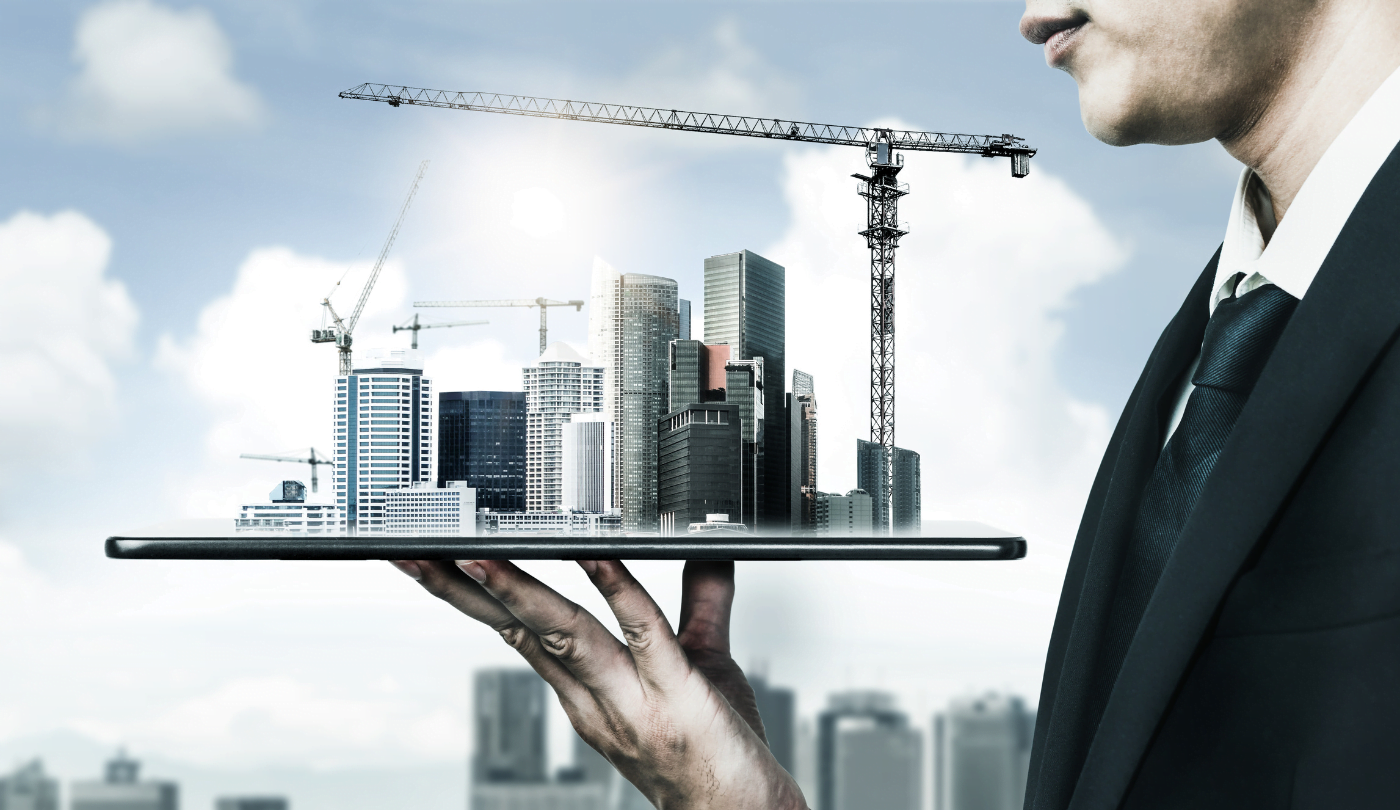The retail landscape is changing, and shopping centers are evolving in response. Once thought of in terms of just housing stores, malls are now destinations serving experiences, entertainment, and engagement. The linchpin to this evolution are innovative mall architecture designs from leading architecture firms in Dubai that are reshaping how we shop, socialize, and engage with the environments.
The Evolution of Mall Design
Earlier, malls were created with a simple idea in mind, to accommodate the most stores under one roof as possible, where shopping would consist of a connected base of stores, food courts towards the ends of stores, and parking in the surrounding lots. Over time, architecture has responded to changes in consumer expectations. Today we are at an even more advanced state of innovative mall architecture designs that address shopping as not only a place to house stores but an experience in a gathering place that retains people going back to shop.
These spaces are conceived around thoughts about the aesthetic style, sustainability of the design, and community connection and engagement. They demonstrate thoughts about the psychological and emotional implications of spaces on visitors. They experiment with light, space, and materials, all in consideration of creating environments that are interesting as well as functional. Malls can now be considered beyond shopping to be spaces to connect, to hang out, and to even be inspired.
Key Elements of Innovative Mall Architecture Designs
Open Space and Natural Light: Incorporating open space environments into mall designs has an increasing prevalence. Developing large atrium locations, accessing natural light with skylights, and areas of open-air all create an architecturally open-endedness of connection to the outdoors. The value of both aesthetic design and experience usability is further enhanced, leading to an improved experience that can contribute to a positive visitor mood state, a state that contributes further to shoppers staying longer and spending greater money.

Green Space and Sustainability: Another increasing trend in malls is incorporating indoor green features into their designs. Living walls, indoor garden spaces, and rooftop parks are developmentally interesting but also holistically sustainable. The incorporation of greens inclusively creates types of natural-meaning architectures that provide atmospheric quality, improve air quality, relieve the impacts of the heat of urban heat islands, and have calming qualities to make a better retail shopping experience for visitors.
Mixed-Use Developments: Many contemporary malls are evolving and changing away from being purely a space for shopping. It can include mixed-use developments that combine retail, residential, office, and recreational. This mixed development creates vibrant, 24/7 environments for customers to live, work, and play. Malls can diversify their customer base, attract visitors, and fulfill the aspirations of their community by offering destinations via a mix of uses and services.
Tech-Integrated Spaces: The incorporation of technology is a hallmark characteristic of innovative mall architecture designs. From interactive digital signage to smart directories, augmented reality experiences, and mobile apps, technology enriches the shopping experience. These technological amenities promote convenience, personalize shopping, and introduce new ways to engage visitors. The use of smart building systems enhances energy consumption and operational savings.
Thematic and Experiential Design: Malls are now regularly designed based on specific themes or experiences. This can be anything from a tropical theme to a futuristic theme. Themed spaces offer malls a unique identity through immersive experiences and the places’ physical vibrancy. Innovative mall architecture designs use themes and the immersive aspects of mall visitation to create memorable moments that fuel shareable and remembered experiences with family and through social exposure from friends.
Community and Social Spaces: Consumers today want to do more than just shop; they are increasingly looking for places to gather and socialize and look for activities to participate in. Innovative mall architecture designs include community spaces dedicated to community events, performances, or social interactions. These spaces may include amphitheaters, event plazas, or spaces dedicated to local art and culture. By supplying value beyond retail, malls can create places where customers build a sense of community and loyalty.
Flexible and Adaptive Spaces: Flexibility is a cornerstone of contemporary mall design. Mall designs incorporate flexible spaces that can be reconfigured based on the adaptability of mall tenants and events. This may include pop-up stores, seasonal markets, or temporary exhibitions.
The Impact of Innovative Mall Architecture Designs
The influence of these architectural designs extends far beyond the visual appeal. They profoundly affect the encounters and the amount of time people spend in the parts of the mall and how much they spend. A well-designed mall, crafted by a skilled architectural design firm, can become a destination in itself for visitors looking for an experience that does not exist elsewhere.
These designs will also affect the economic vitality of the area. Aesthetically pleasing and engaging areas in malls attract visitors, not only shoppers but also tourists, who will positively affect local businesses and the economy and create jobs within the community. It may even increase property values and spur additional development of vacant or underdeveloped spaces in the surrounding area.
In addition, innovative mall architectural designs appeal to environmentally sustainable considerations and responsible development. When they incorporate sustainable building practices and lower energy demands, these designs help to mitigate the carbon footprint of very large commercially defined spaces, set a standard for future designs, and promote a more sustainable approach to urban design.
The Future of Retail Spaces
Looking to the future, the role of the mall will undoubtedly evolve, especially with a rise in e-commerce and shifting consumer behaviors. Therefore, malls can’t only be a place to shop; they must provide something in the experience realm that is otherwise non-replicable in personas in cyberspace (online). Innovative mall architectural designs, often crafted by a top interior architecture firm, are central to this movement, updating and modernizing malls to be active, lively, functional spaces to satisfy various consumer needs.
Like the future, the future of retailing is also and continues to be about creating experiences in functional spaces that enhance the human experience, make people feel good, have a connection with a sense of community, and provide opportunities for exploration and experiences. Therefore, innovative mall architectural designs will allow developers and architects to keep malls safe and modern with systems that evolve and remain a strong urban presence. In malls, scaffolding and structures will deliver unique experience opportunities.
Conclusion
In final analysis, “Innovative Mall Architecture Designs” is a concept that is changing the way we think about retail spaces. The experience, sustainability, and community focus of these designs ultimately change malls from simply retail spaces to destinations that enhance, connect, and inspire us. As the retail environment continues to evolve, these innovative designs will be integral to the success and longevity of malls. Partnering with an architecture and interior design firm ensures that these concepts are expertly implemented. Whether as a developer, architect, or consumer, the future of retail is bright—it starts with innovative design.
Reference Articles to Explore More about Services:

